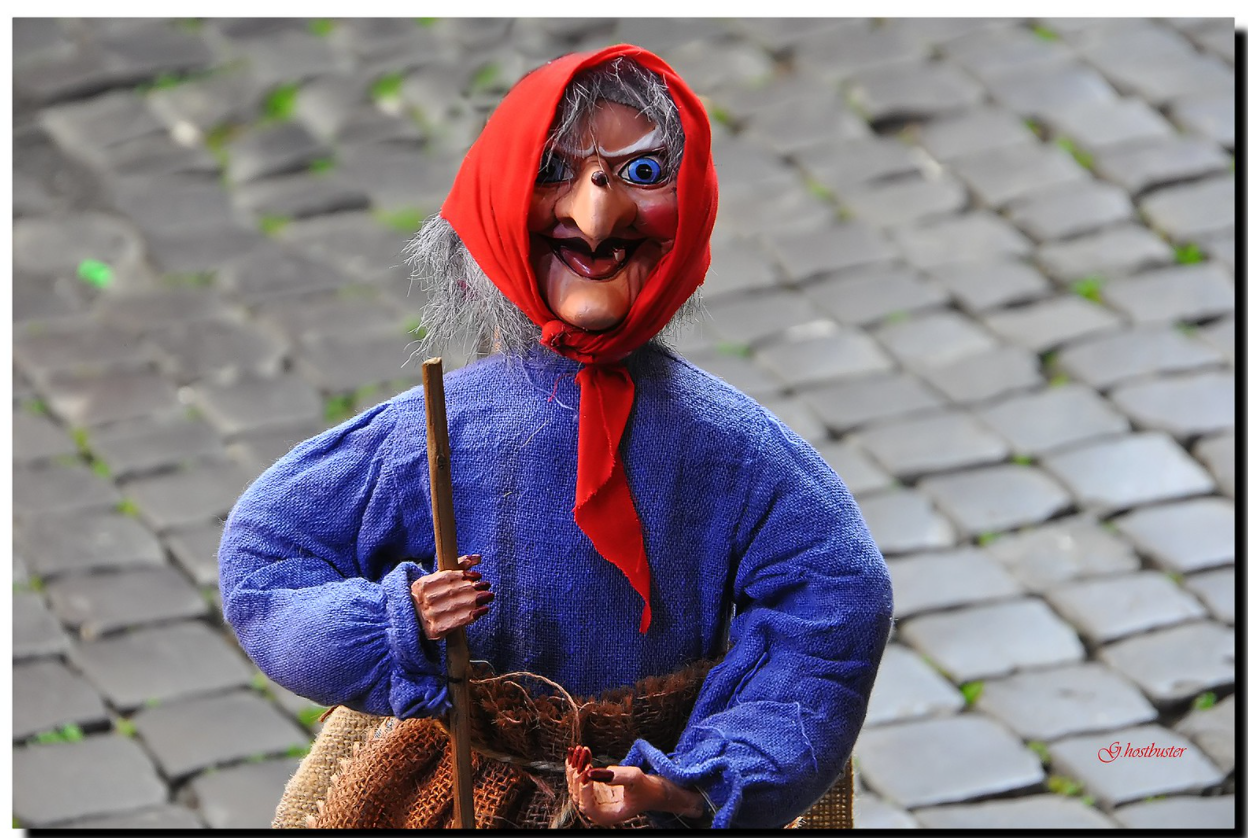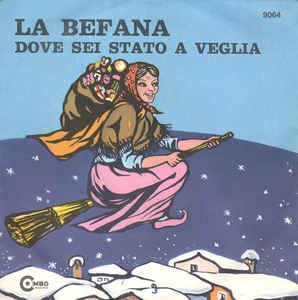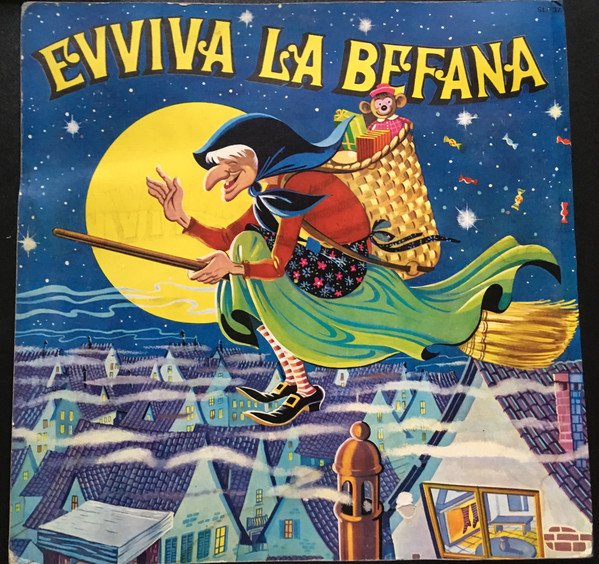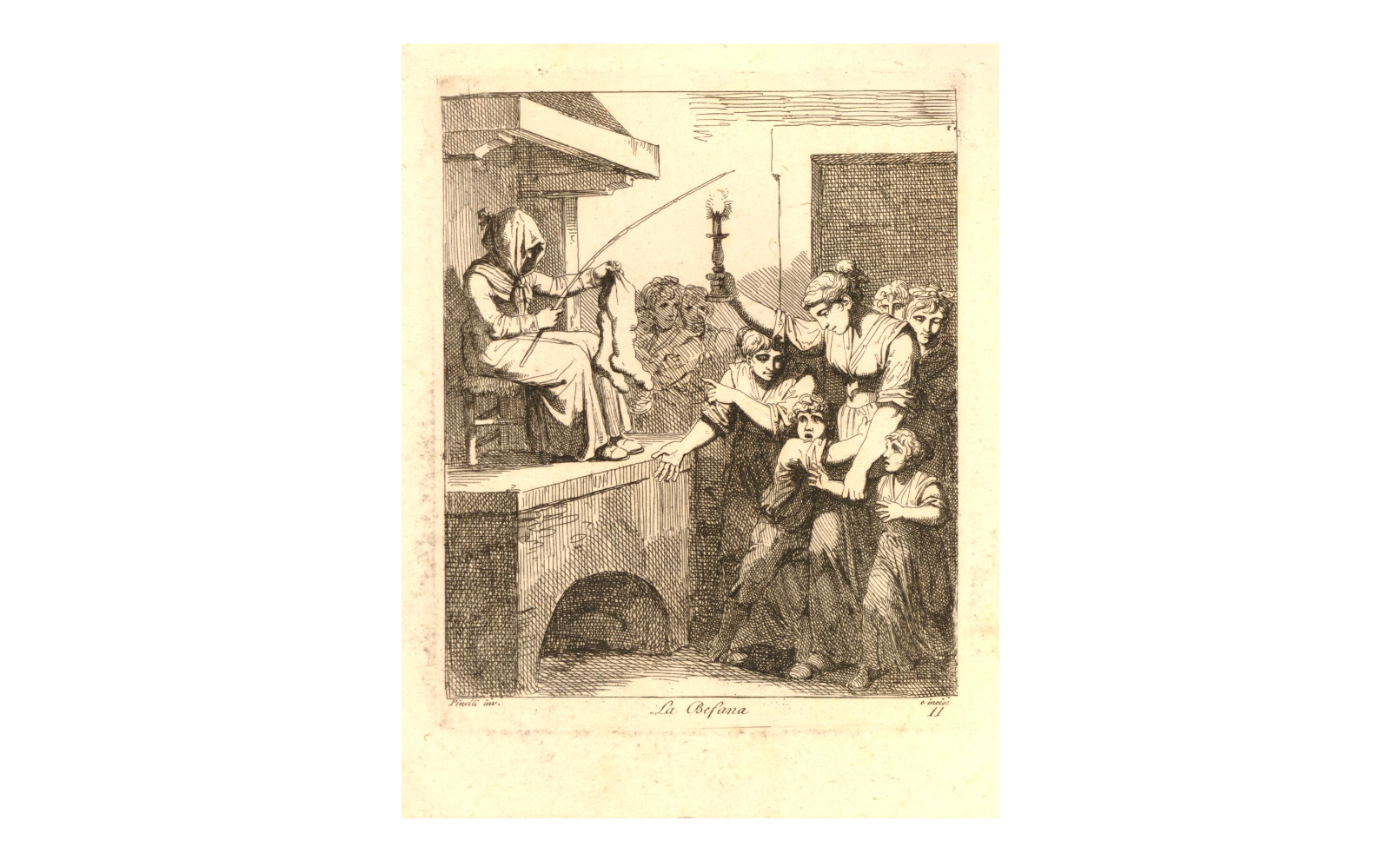La Befana: The Italian Christmas Witch
Faithful Christians celebrate the birth of Jesus on December 25, although there is little evidence that Jesus was in fact a Capricorn. But even if Jesus were actually born on December 25th, the presents arrived 12 days later.
This day, January 6th, is known as “the Epiphany.” The song, “The 12 Days of Christmas” refers to the period between December 25 and January 6th. Known as the Epiphany, January 6 is the day that Christians celebrate the arrival of the Three Wise Men (a.k.a. the Three Kings or the Magi), who were guided by the star of Bethlehem to the infant Jesus; presented him with gold, frankincense and myrrh; and declared him the savior of the World. (For those who want a deeper dive on symbols and rituals associated with the Epiphany, head over here.)
Having laid this groundwork, let’s discuss a lesser-known companion of the Three Wise Men — La Befana, the Italian Christmas witch. According to legend, La Befana (also known as La Vecchia di Natale) was approached by the trio of kings on their way to visit the Christ Child. In some versions of the story, she hosts them for the evening. In others, they ask for directions to Bethlehem and even invite her to join them on their journey, but the old woman was too busy doing housework so she declined the invitation.
The next day, as she was sweeping up the floors of her little cottage she had second thoughts and decided to load up a basket with gifts for Jesus and set out after the Magi to catch up with them en route. Naturally, she used her broom for transportation, but she must have taken a wrong turn at Albuquerque because she never intercepted them.
La Befana re-enacts this ill-fated quest every year on the Feast of Epiphany Eve (January 5), and when she doesn’t find the Christ Child she fills the stockings of well-behaved children with candy and fruit and leaves ill-behaved children pieces of coal or onions and garlic, which has caused some to call her the Italian Santa Claus. But one of The House’s astute readers explained that many Italians regard her as Santa’s wife because Italian culture prioritizes the concept of family.
La Befana’s name is said to derive from Epifania, so she probably picked up that sobriquet after the whole fiasco with the wise men. And what exactly makes her a witch? Well, she’s old, Italian and she flies on a broom. Maybe it’s a stretch to call her a “witch” but as a pre-Christian woman she was probably familiar with stregheria and the other folk magical practices of the day.
Modern representations depict her as a crone with a long nose, gray hair covered with a kerchief and a long billowing skirt with an apron. She bears a strong resemblance to the traditional Northern European kitchen witches.
Typical representation of La Befana, with traditional Italian hand gesture
La Befana figurine, from The International Santa Claus Collection, Dillard’s
Alternate view
Italian Record, Mirella Con Il Trio Marino* – La Befana / Dove Sei Stato A Veglia
Etching of a cloaked figure on a platform holding a stick and a pair of stuffed stockings, at right children are being encouraged to watch the scene, clutch their mother in fear; print by Bartolommeo Pinelli, (c) The Trustees of the British Museum.
Further Reading:
Read more about rituals and symbols associated with the Epiphany here.








